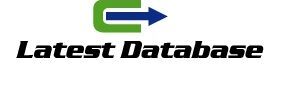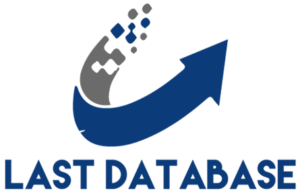67% of online shoppers say they won’t order from a company if it doesn’t have a clear return policy . An effective RMA system is essential for building customer loyalty. Here are the main benefits an RMA process offers for your e-commerce business:
where to start?
Improve your returns process mobile database by giving your customers the ability to upload photos of any damage they find. This not only speeds up decision-making, but also keeps a clear record of the item’s condition.
Consider the benefits: With this visual evidence, your team can quickly decide what to do with each returned item (restock, repair, or dispose of it). This approach limits the need for manual product inspection and is more reliable than a written description.
Additionally, this system is more transparent and fair. In the event of a discrepancy between the customer’s description and the actual condition of the product, the photos will serve as a reliable reference point for resolving disputes.
Setting up your own RMA system:
Let’s face it: creating an effective returns how to engage with your online fundraising community process is no easy task. Implementing your own RMA system requires following specific steps, depending on the size and needs of your business . Additionally, effective RMA requires strong coordination between logistics, inventory, and customer service.
To better understand this, let’s look at how a company’s size influences its RMA strategy. Small businesses will tend to invest in a simple system, where each return is associated with a unique code and customer interactions are conducted via email or phone. It’s a straightforward, convenient, and cost-effective system.
But the more your business grows, the more complex returns management becomes. Larger companies, which typically deal with a much higher volume of returns, need a more robust system. Many automate the process using specialized software to track returns and maintain customer satisfaction.
Best Practices for RMA Management
Before choosing the right RMA strategy for sault data your business, it’s helpful to follow these three best practices for effective RMA management:
- Implement a clear returns policy : Make sure your returns policy is transparent and accessible , so your customers know exactly how returns and exchanges work.
- Leverage automation technology : Choose software that offers key features, such as automatic return label creation and returns tracking. This helps reduce manual errors and speed up processes.






